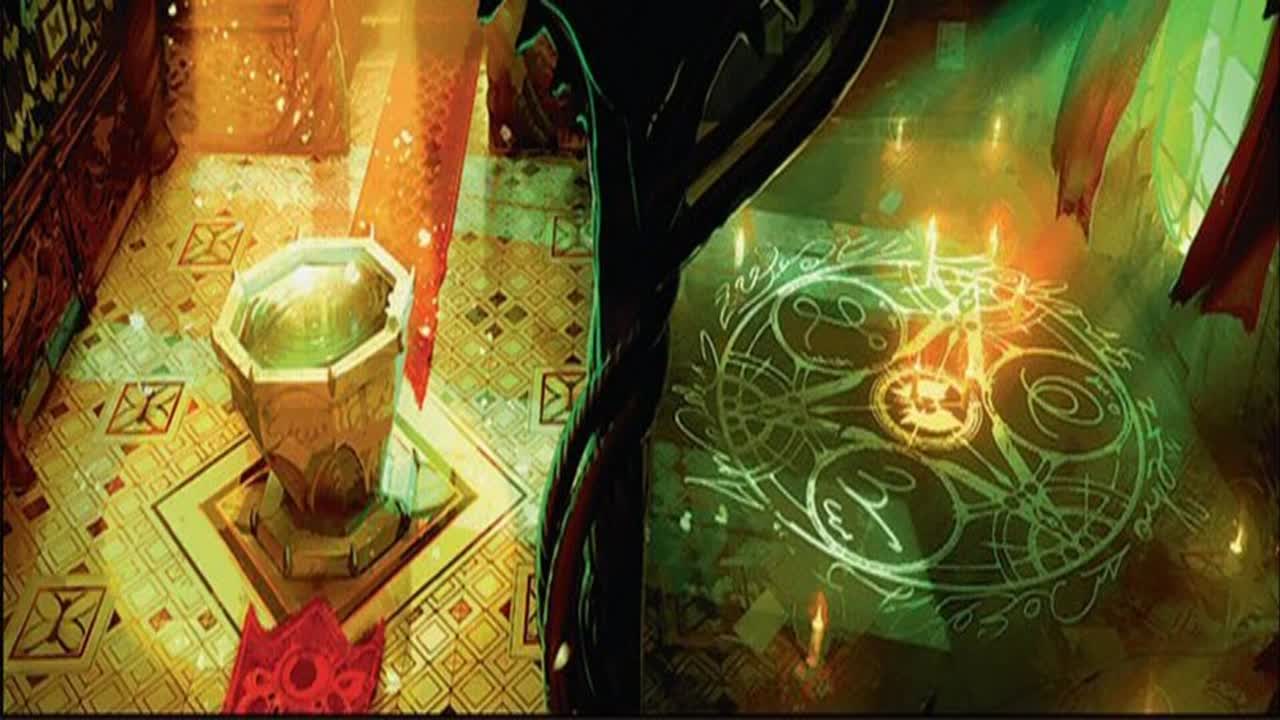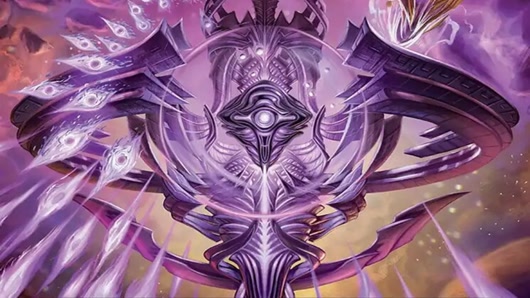We are right in the middle of a series of Regional Championships globally, and there is a deck is standing out as a fun new combo deck, and it's even putting up results. About a month ago, I wrote about the combo that works with Unstoppable Slasher and Bloodletter of Aclazotz, and it appears that Pioneer players decided to optimize the list and sought to assemble some turn four victories. The deck is also incredibly resilient, and they found a way to get good value from drawing a ton of cards. We are starting to see consistent results with the deck in major events. When I was in DC last weekend for the RC, there were three players who played mono-black combo that qualified for the Pro Tour, although unfortunately none of those lists made the top eight of the event. This week, we are awaiting final results of Japan's RC, and we know that at least two of the decks have made the top eight, and that five of them actually made the top sixteen. We will briefly go over the version of this deck that performed the best in Japan, and then we will also take a look at how it affects Standard, as the deck features a vast majority of cards in the list that are Standard legal/playable. I'll get you a list for both formats, because there will likely be some Standard Events coming up soon!
This list differs a bit from some of the other decks that play demons. Most of the other lists also play Archfiend of the Dross, because that is a big huge demon that is pretty hard to deal with. This list focuses more on prioritizing card advantage with cards like Invoke Despair and Graveyard Trespasser in the main deck. One could make an argument that we would actually move those cards to the sideboard, and then play the four Archfiends, but at this point, we aren't going to argue with the success of the list, as it speaks for itself.
Key Combo Pieces
This is one of our new additions to the archetype that basically sets up the first half of the combo. Although the card is not a demon, anything that says you lose half of your life is a card that will slot in well with other demon cards. The ability can be seen as a bit of a "win more" thing initially, but the fact that the creature comes back to the battlefield after dying makes it very playable. We also don't mind having a full four copies in the deck because it is non-legendary. The deathtouch keyword also allows the creature to block well if we are too far behind.
This is our second phase of the combo. It turns "losing half your life total rounded up" into "you lose." It also works pretty well with the new room enchantment. It allows us to draw a card, gain two life, and then have our opponent lose four life. Bloodletter also attacks well, as it is a flyer, and it definitely creates a dilemma for the opponent. It is often difficult to discern which creature needs to be removed at a given time. Forcing our opponent to make the right decision when sometimes there either isn't a "right" decision, or simply leaving them in a catch-22 can be very effective, and Bloodletter creates a lot of those situations.
Mutavault is a great inclusion in the deck. It is all creature types, so basically we can have one mana open, and then animate it on the end step to make our opponent lose two life, then we gain two life and draw a card. It is a way to guarantee more upside within the deck, and it is one of the benefits of playing it in Pioneer, because we get access to a little bit more versatility than the standard lists do.
Here is our enchantment room that often acts as the finisher in the deck, and is a pretty solid card advantage engine. It also helps us curve out nicely. We can play the Unholy Annex on turn three, and start drawing extra cards to guarantee that we hit our fourth land drop for when we are ready to play our demons. Then, in the late game, you have a great mana sink to get a 6/6 demon flyer for five mana. The guaranteed two draws per turn and the cash-in for the demon when we are ready helps us get tons of value from the two rooms.
How Does This Look in Standard?
The standard lists are very similar to the Pioneer decks. Like I said earlier, the combo itself is assembled strictly from Standard cards, so you will have a lot of similarities. The main things we are missing are cards like Fatal Push and Thoughtseize. This leads us to run more removal spells in the deck like Go for the Throat, Sheoldred's Edict, and Cut Down. Since we cannot play Thoughtseize, we will use the Deep-Cavern Bat to do the Thoughtseizing for us. We do still include four Duress in the main deck as well. Turns one and two in both formats are about keeping the board clear, and possibly getting a peek at our opponent's hand to figure out when we can go for the combo.
The sideboard is also different, and Standard has a good bit of aggro decks going right now, so we run a bunch more removal in there, and small board wipes. Sadly we have seen Invoke Despair rotated out, so that can no longer be included either. Since this is becoming a more popular deck in Standard, some of the sideboards have been running Render Inert for the mirror match, so that you can have your opponent die to an Archfiend with no oil counters.
In Which Format is this Deck the Most Well-Positioned?
I think right now, the deck is the most well-positioned in Pioneer. The format simply doesn't run as much removal as Standard does because of the particular things that have to be dealt with in the format. Decks are not always prepared to deal with a 6/6 demon, and creatures like that alone can run away with games in the format. It is also a faster format, so your opponent is also trying to assemble their quick victory, and may not be able to worry about what we have going on our side of the board. Mutavault is also huge for just additional pressure, but also the efficient value that we can get from it by making it a demon for one mana. I believe that the deck certainly is still viable in Standard, but Pioneer is where I can see it shining.











